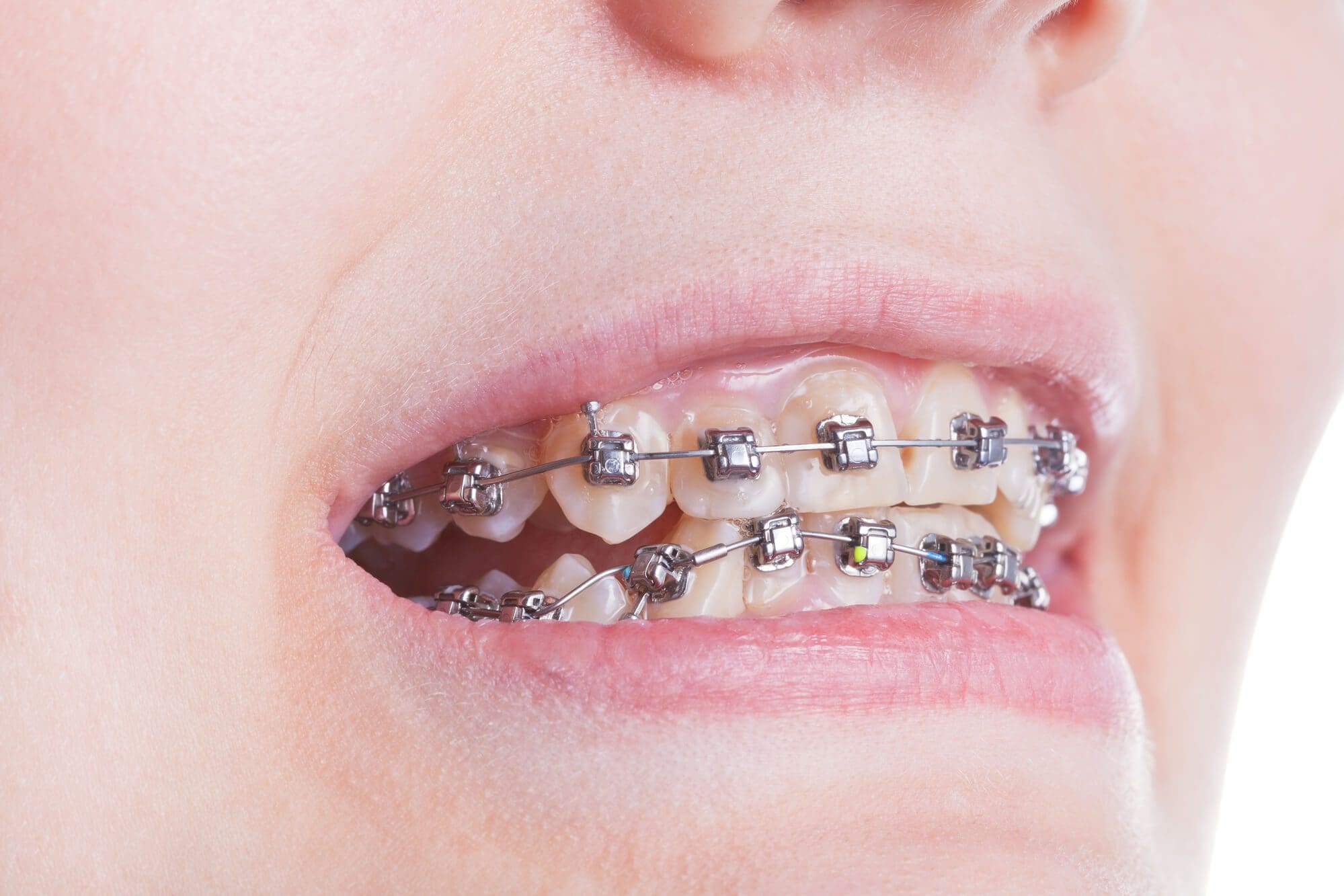All Star Family Orthodontics for Beginners
Table of ContentsThe 2-Minute Rule for All Star Family OrthodonticsSome Of All Star Family OrthodonticsThe Only Guide for All Star Family OrthodonticsThe Best Strategy To Use For All Star Family OrthodonticsNot known Incorrect Statements About All Star Family Orthodontics

At Advanced Orthodontics, we give clients with a holistic therapy experience. In addition, we use flexible therapy schedules, versatile repayment alternatives and an enjoyable, pleasurable experience - old bridge braces. Telephone call ( 480) 357-4900 today for more details and schedule an appointment.
An orthodontist is a dental practitioner educated to diagnose, protect against, and treat teeth and jaw irregularities. Orthodontists work with people of all ages, from kids to adults.
Malocclusion, or misaligned teeth, can lead to oral concerns, including dental caries, gum disease, and hard or painful eating. But not everybody is born with straight teeth. If you have a poor bite or large rooms between your teeth, you may wish to seek advice from a dental expert focusing on orthodontic care.
All Star Family Orthodontics Things To Know Before You Buy
(Picture Credit: DigitalVision/Getty Images) Orthodontists utilize fixed and detachable oral devices, like braces, retainers, and bands, to transform the position of teeth in your mouth. Orthodontic treatment is for oral abnormalities, including: Jagged teethBite problems, like an overbite or an underbiteCrowded teeth or teeth that are as well much apartJaw misalignmentThe goal of orthodontic therapy is to boost your bite.
While you could believe of orthodontists as mainly for kids or teens that require dental braces, they can deal with oral issues at any kind of age. Orthodontists attend university, oral college, and orthodontic school.
, but not all dental professionals are orthodontists. They focus on 2 locations: Exactly how to correctly and securely move teeth How to appropriately direct growth in the teeth, jaw, and faceOnce an orthodontist has actually completed training, they have the choice to become board accredited.
The Main Principles Of All Star Family Orthodontics
Imbalance, or malocclusion, is one of the most common reason people see an orthodontist. It is genetic and is the outcome of dimension distinctions in between the top and reduced jaw or in between the jaw and teeth. Malocclusion leads to tooth overcrowding, a twisted jaw, or uneven bite patterns. Malocclusion is usually treated with: Your orthodontist attaches metal, ceramic, or plastic square bonds to your teeth.
If you have just small malocclusion, you might have the ability to use clear dental braces, called aligners, as opposed to traditional braces. Some people need a headgear to help move teeth right into line with stress from outside the mouth. After dental braces or aligners, you'll require to put on a retainer. A retainer is a custom device that maintains your teeth in position.

You may need to see an orthodontist if you have: Crowding or not enough area for every one of your teethOverbite, when your top teeth come by your bottom teethUnderbite, when your base teeth are also much forwardSpacing or issues with gapsCrossbite, which is when your upper teeth fit behind your bottom teeth when your mouth is closedOpen bite or an upright gap in between your front bottom and upper teethMisplaced midline, when the facility of your base and top teeth don't line up Remedying a dental malocclusion can: Make biting, eating, and talking easierImprove the balance of our face and your general appearanceEase pain from temporomandibular joint problemsDifferent your teeth and make them easier to cleanse, assisting protect against dental cavity or tooth cavities It's often a dental expert that initially notices misaligned teeth during a regular examination.
The Definitive Guide for All Star Family Orthodontics
Throughout your initial orthodontic appointment, you'll likely have: An oral examPhotos taken of your face and smileDental X-raysPanoramic (360 level) X-rays of your Home Page face and headImpressions to develop molds of your teethThese examinations will aid your orthodontist know how to wage your treatment. An orthodontist is a dental expert that's had training to treat your teeth and jaw.
Orthodontists are dentists but not all dental professionals are orthodontists. Orthodontists are focused on your bite, or the way your teeth fit together, and the straightness of your teeth.

This preliminary examination includes an aesthetic exam of your teeth and attack, X-rays, and potentially even 3D scans. By carefully assessing these aspects, the orthodontist can pinpoint any imbalances, crowding, spacing issues, or jaw disparities. As soon as a clear photo is established, the orthodontist will discuss tailored therapy choices. This conversation will cover the sort of dental braces or aligners suggested (typical metal dental braces, clear aligners like Invisalign, etc), the estimated therapy duration, and any potential obstacles or negative effects.
Getting My All Star Family Orthodontics To Work
While dental braces are one of the most typically identified orthodontic treatment, orthodontists have a varied toolkit at their disposal. The details technique picked depends on the extent of the case, the patient's age, and individual choices. These reliable dental braces use a system of braces bonded to the teeth and attached by wires.
Clear aligners, like Invisalign, are a popular option for individuals looking for an extra very discreet therapy option. These removable trays are customized to gradually change the teeth's placement. Headgear might be utilized in conjunction with dental braces or aligners to use extra targeted pressures, especially for dealing with jaw discrepancies. In cases of narrow jaws, palatal expanders can be used to create space for correct tooth positioning.